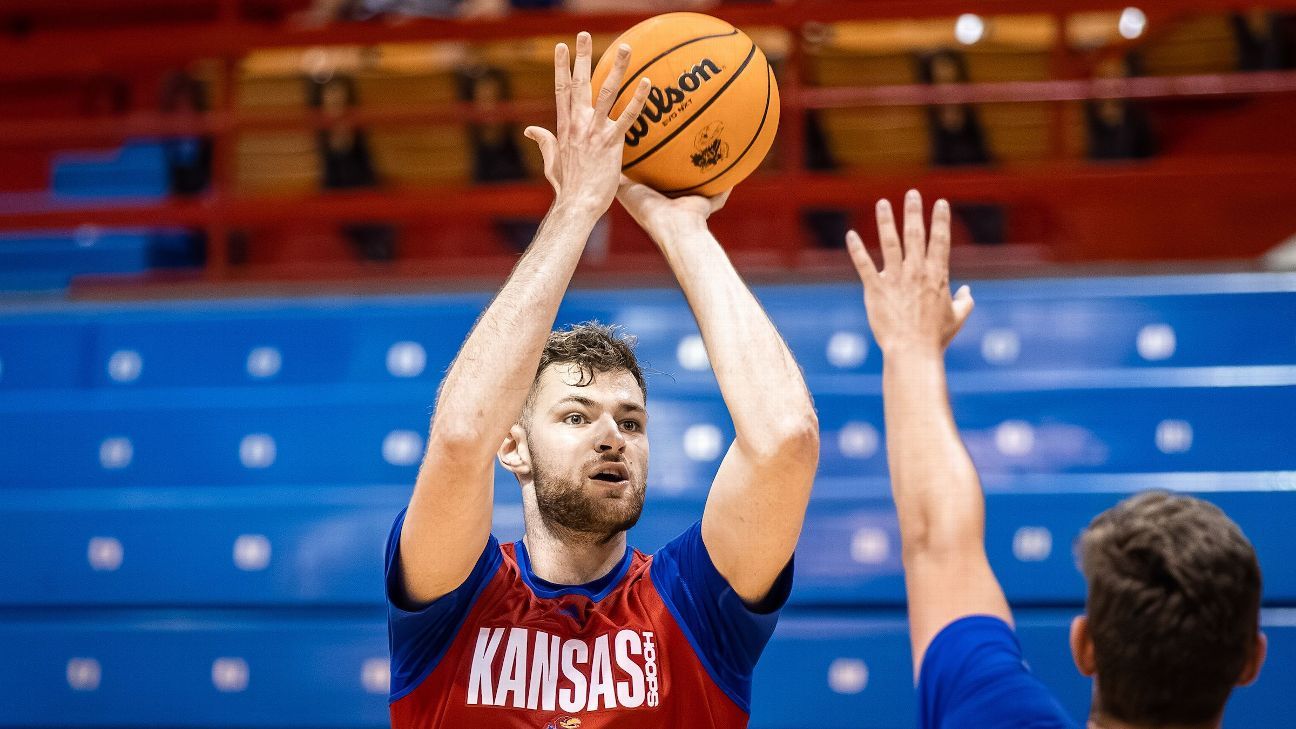Just when it seemed safe to come out of the transfer portal for the final time this offseason, former Harvard forward Chris Ledlum decommitted from Tennessee and went back into the portal — on July 13. Fortunately for diehard portal watchers, he committed to St. John’s a week later, meaning every player in ESPN’s top 100 transfer rankings is now off the board.
So even if there are some late entrants into the portal, it’s time to take stock of the comings and goings of this offseason’s portal activities.
It’s a sign of the times that we’ve waited more than four months after the portal window opened to finally assess the winners, losers and everything in between. The potentially record-setting number of portal entrants this spring came in waves. There was the initial surge, when the window first opened March 13, then a steady stream for the next couple of weeks until after the NCAA tournament. What followed was a lull until the days leading up to the window closing May 13, when there was another influx. Once the window closed for undergraduate transfers, things slowed down considerably, but graduate transfers and players who withdrew their names from the NBA draft continued to enter.
What’s next? Two-time transfers anxiously watch whether college football players in similar situations receive waivers from the NCAA to play right away. (More on waiver hopefuls later.) There are also coaches curious to see if any graduate transfers — for whom portal deadlines don’t apply — go on foreign tours with their current teams and opt to reenter the portal if they’re unhappy with their role there.
So, it’s true, the portal never really stops. But here’s our evaluation of the 2023 men’s college basketball transfer window:
Thirteen teams that came out ahead

Kansas Jayhawks: They will likely enter the season ranked No. 1 in the polls, so it’s not hard to argue they’re a transfer portal winner. The Jayhawks landed the nation’s top-ranked transfer in Hunter Dickinson, while also adding impact guards Earl Timberlake (Towson) and Arterio Morris (Texas).

Villanova Wildcats: Kyle Neptune clearly doesn’t want a repeat of last season’s struggles. The Wildcats landed three potentially immediate starters from the portal, in Tyler Burton (Richmond), TJ Bamba (Washington State) and Hakim Hart (Maryland).

Gonzaga Bulldogs: With the Drew Timme era ending and several other rotation players departing, Mark Few went out and landed arguably the best guard in the portal in Creighton transfer Ryan Nembhard, a double-double machine in Wyoming transfer Graham Ike and Big Sky Player of the Year Steele Venters.
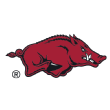
Arkansas Razorbacks: Eric Musselman’s teams are a staple in this category. The Razorbacks reloaded on the perimeter with Khalif Battle (Temple), Tramon Mark (Houston), El Ellis (Louisville) and Keyon Menifield (Washington). Jeremiah Davenport (Cincinnati) could make a surprising impact too.
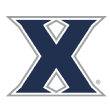
Xavier Musketeers: After losing four starters from last season, Sean Miller went out and landed a group of transfers who should help at both ends of the floor: Quincy Olivari (Rice), Dayvion McKnight (Western Kentucky), Abou Ousmane (North Texas) and Logan Duncomb (Indiana).
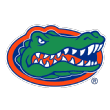
Florida Gators: The Gators reinforced their backcourt with playmaking guards Walter Clayton Jr. (Iona) and Zyon Pullin (UC Riverside) while also landing a good mix of experience and potential up front with Tyrese Samuel (Seton Hall), Micah Handlogten (Marshall) and EJ Jarvis (Yale).
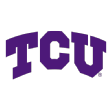
TCU Horned Frogs: Jamie Dixon landed a ready-made starting backcourt in Jameer Nelson Jr. from Delaware and experienced Big 12 starter Avery Anderson III from Oklahoma State. He’s also bringing in a high-ceiling big in Kansas transfer Ernest Udeh Jr. and double-figure scorers Essam Mostafa (Coastal Carolina) and Trevian Tennyson (Texas A&M-Corpus Christi).
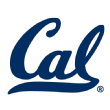
California Golden Bears: Mark Madsen made an immediate splash after taking over in Berkeley, signing five transfers: Jalen Cone (Northern Arizona), Fardaws Aimaq (Texas Tech), Mike Meadows (Portland), Keonte Kennedy (Memphis) and Jaylon Tyson (Texas Tech). Tyson will need a waiver to play right away.
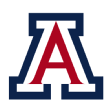
Arizona Wildcats: Caleb Love was inconsistent at North Carolina, but he’s still a supremely talented guard who offers his game-changing ability to Tucson. Jaden Bradley (Alabama) and Keshad Johnson (San Diego State) provide toughness and physicality. Kerr Kriisa will be missed, but this class offers a different dimension.

New Mexico Lobos: Given how well Richard Pitino has done with transfers Jamal Mashburn Jr., Jaelen House and Morris Udeze, there’s plenty of hope for Nelly Junior Joseph (Iona), Jemarl Baker (Fresno State), Mustapha Amzil (Dayton) and Isaac Mushila (Texas A&M-Corpus Christi).

Texas Longhorns: Max Abmas was perhaps the most exciting player in the portal, and he’s headed to Austin. As are Virginia shot-blocker Kadin Shedrick and veteran shooter Ithiel Horton from UCF. Rodney Terry also landed a couple depth pieces in Chendall Weaver (UT Arlington) and Ze’Rik Onyema (UTEP).

Kansas State Wildcats: Jerome Tang is hoping Tylor Perry (North Texas) and Arthur Kaluma (Creighton) make the same sort of impact as former transfers Keyontae Johnson and Markquis Nowell, who helped lead the Wildcats to the brink of the Final Four last season.

Clemson Tigers: The Tigers quietly had a really productive portal session, bringing in a couple of proven ACC starters in Joseph Girard III (Syracuse) and Jack Clark (NC State), a big-time shooter in Air Force transfer Jake Heidbreder and interior depth in Bas Leyte (UNC Greensboro).
Eight teams that took a hit

VCU Rams: Ryan Odom did well to reshape the Rams’ roster, but the fact remains VCU lost five players to the portal who ended up at high-major programs — five players off a 27-win NCAA tournament team, including Atlantic 10 Player of the Year Adrian Baldwin Jr.
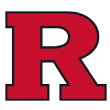
Rutgers Scarlet Knights: It wasn’t just that Rutgers lost Paul Mulcahy and Cam Spencer to the portal; it was the timing. Both left as graduate transfers after the window closed. The guards would have been difficult to replace regardless, but that deep into the offseason made it impossible.
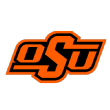
Oklahoma State Cowboys: Five players that started at least nine games last season left for other schools, including double-figure scorers Avery Anderson III and Kalib Boone and elite defensive player Moussa Cisse. Mike Boynton did bring in a trio of double-figure scorers from the portal, but it’s a net loss.

Nevada Wolf Pack: After making the NCAA tournament last season, Nevada lost two key players in 7-footer Will Baker and Mountain West Conference Rookie of the Year Darrion Williams. Both were highly sought-after transfers and ranked inside ESPN’s top 60.
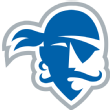
Seton Hall Pirates: The Pirates lost three players to high-major programs in Tyrese Samuel, Tray Jackson and Tae Davis, while starting guard Femi Odukale and Alexis Yetna also departed. Shaheen Holloway rebounded with a couple of quality additions, but the team’s overall talent took a hit.
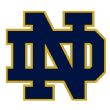
Notre Dame Fighting Irish: This wasn’t entirely unexpected, following Mike Brey’s departure, but losing two starters in Cormac Ryan and J.J. Starling — to fellow ACC schools — and promising freshman forward Ven-Allen Lubin wasn’t an ideal situation for new head coach Micah Shrewsberry.

USC Trojans: Andy Enfield has a team that should compete for the Pac-12 title, but it’s a group that might have been even better if starting wing Tre White and Pac-12 Sixth Man of the Year Reese Dixon-Waters had returned to the Trojans.

Washington State Cougars: Losing Mouhamed Gueye and Justin Powell to the professional ranks was a tough break, while seeing starters TJ Bamba and DJ Rodman — as well as former ESPN 100 recruit Adrame Diongue — enter the portal made it a difficult spring for the Cougars.
Eight teams overhauling their roster

St. John’s Red Storm: Rick Pitino wasted no time stamping his name on the Red Storm program. Nine players entered the portal, including six who started at least 17 games, but Pitino came away with 10 transfers — namely Ivy League Player of the Year Jordan Dingle, All-Ivy forward Chris Ledlum and MAAC tournament MVP Daniss Jenkins.

Memphis Tigers: There’s still some things up in the air with the Tigers’ personnel, but Penny Hardaway did a terrific job getting his roster back to a competitive state after seven players portaled. Caleb Mills (Florida State), Jordan Brown (Louisiana), David Jones (St. John’s) and Teafale Lenard Jr. (Middle Tennessee) — if Brown and Lenard are eligible — are all potential starters. Jonathan Pierre was the best D2 transfer.
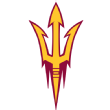
Arizona State Sun Devils: This was one of the busier programs during the spring, with seven players entering the portal and six transfers heading to Tempe. Starters DJ Horne, Devan Cambridge and Warren Washington were the key departures, and Adam Miller (if he gets a waiver) and Kamari Lands the biggest additions.
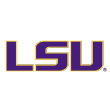
LSU Tigers: Matt McMahon had to create a roster nearly from scratch last offseason, and he didn’t have a problem overhauling it again this spring. Eight players hit the portal, including Adam Miller, but LSU dramatically upgraded the talent. Jalen Cook (if he gets a waiver), Will Baker, Carlos Stewart, Daimion Collins and Jordan Wright are all impact players.

Washington Huskies: With Mike Hopkins entering a make-or-break year, he needed to put together an NCAA tournament-caliber team. And he’s come awfully close, despite eight players entering the portal. Paul Mulcahy (Rutgers), Sahvir Wheeler (Kentucky) and Moses Wood (Portland) are all potential starters from a six-man transfer class.

Georgetown Hoyas: The talent leaving the nation’s capital looks noteworthy on paper, with Primo Spears, Brandon Murray and Qudus Wahab all clear high-major players. But new head coach Ed Cooley seemed fine with a complete roster teardown, bringing in five transfers — including Jayden Epps and Ismael Massoud — to help replace nine players entering the portal.
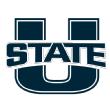
Utah State Aggies: When Ryan Odom left Utah State to coach at VCU, the majority of a roster that finished second in the Mountain West went out the door too. Eight players ultimately departed, with two following Odom to the Atlantic 10. But it works both ways. New head coach Danny Sprinkle brought two guys with him from Montana State, as well as six other players from the portal.
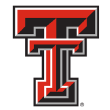
Texas Tech Red Raiders: Five players out, five players in. New coach Grant McCasland had to hit the portal in a big way after seeing Fardaws Aimaq, Jaylon Tyson, Daniel Batcho and two others depart. But he successfully landed Darrion Williams, Warren Washington, Devan Cambridge, KyeRon Lindsay and Chance McMillan.
Contenders with a narrow focus

UConn Huskies: Even with Tristen Newton coming back and Stephon Castle entering the program, UConn wanted a veteran shooter to help replace Jordan Hawkins on the perimeter. Cam Spencer leaving Rutgers late in the spring was exactly what Danny Hurley needed.
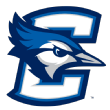
Creighton Bluejays: Ryan Nembhard entering the portal left Greg McDermott without one of the best point guards in the Big East, a true playmaker offensively. But he responded by landing Utah State transfer Steven Ashworth, a first-team All-Mountain West selection and one of the best offensive players in the portal.

Houston Cougars: Tramon Mark surprisingly transferred and Marcus Sasser went to the NBA. How did Kelvin Sampson respond? By landing two of the best guards in the portal in Temple’s Damian Dunn and Baylor’s LJ Cryer.
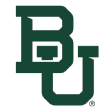
Baylor Bears: Scott Drew had to revamp his backcourt in the portal following the departures of Keyonte George, Adam Flagler and LJ Cryer. He landed MAC Player of the Year RayJ Dennis from Toledo and high-level 3-and-D guard Jayden Nunn from VCU.
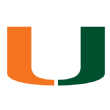
Miami Hurricanes: Last spring, Jim Larrañaga needed a guard and a big, and came out with Nijel Pack and Norchad Omier. This spring, with Jordan Miller graduating, he needed a versatile forward who could step out and make shots. And he landed Florida State transfer Matthew Cleveland.

Tennessee Volunteers: Rick Barnes needed to upgrade his team’s offensive explosiveness and perimeter shooting in the portal this spring. He did exactly that by adding Northern Colorado transfer Dalton Knecht (20.2 PPG, 38.1 3PT%) and USC Upstate transfer Jordan Gainey (15.2 PPG, 49.3 3PT% in 2021-22).

San Diego State Aztecs: Keshad Johnson was the only Aztecs player to transfer out this offseason, leaving Brian Dutcher without a tough, defensive-minded wing forward. So he went out and landed USC transfer Reese Dixon-Waters, a very solid two-way player hungry for a starting spot.
Three more teams waiting on waivers

Ole Miss Rebels: Chris Beard and his staff reworked the roster after he arrived in Oxford, building what could be a top-25 roster on paper. However, two of the Rebels’ key players — Brandon Murray and Moussa Cisse — will need waivers to play right away. Both two-time transfers would be immediate starters for Ole Miss.

Cincinnati Bearcats: The Bearcats have four capable transfers entering the fold, but two will need waivers as two-time transfers. Utah Valley transfer Aziz Bandaogo started his career at Akron before moving west and becoming a double-double machine and the best defensive player in the WAC, while Jamille Reynolds spent two years at UCF. Wes Miller needs both.

Wake Forest Demon Deacons: Given Steve Forbes’ track record with transfers — Alondes Williams, Jake LaRavia, Tyree Appleby — there’s some hope he can replicate past successes with his incoming four-man transfer class, led by Central Michigan’s Kevin Miller and Gonzaga’s Hunter Sallis. But the key might be former five-star big man Efton Reid III, who needs a waiver after already suiting up for LSU and Gonzaga.
